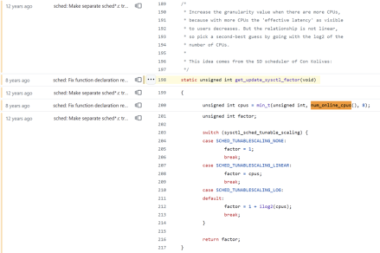The Linux kernel has been accidentally hardcoded to a maximum of 8 cores for nearly 20 years
I’m not smart enough to verify the accuracy of this claim, nor exactly what the implications are, but it seems like it might improve performance if fixed.

There have been multiple accounts created with the sole purpose of posting advertisement posts or replies containing unsolicited advertising.
Accounts which solely post advertisements, or persistently post them may be terminated.
I’m not smart enough to verify the accuracy of this claim, nor exactly what the implications are, but it seems like it might improve performance if fixed.
